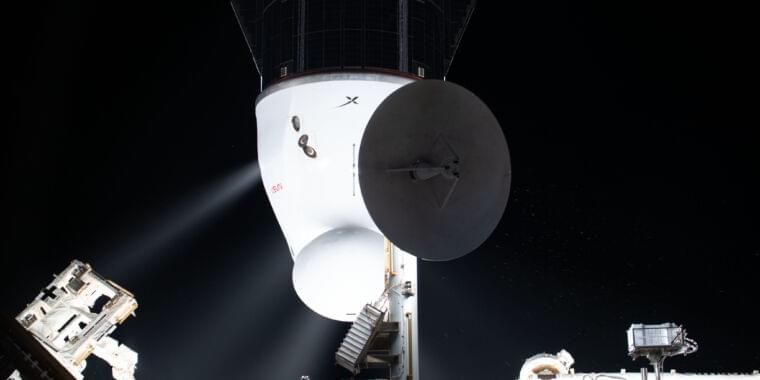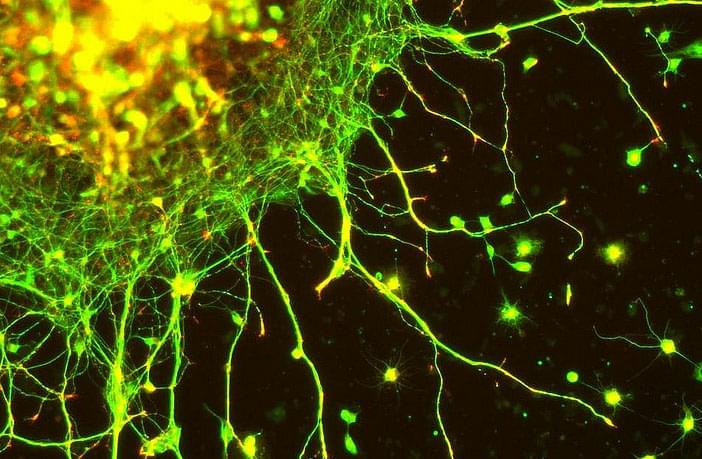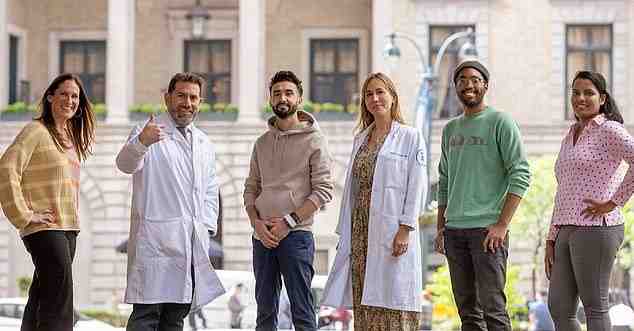Osaka University researchers discovered that adjusting lifestyle behaviors can have a significant impact on lifespan, even in those with chronic health issues.
Ever since the beginning of civilization, humans have wanted to live longer. Whether it be the Fountain of Youth, Gilgamesh’s secret plant of immortality, or the elixir of life, the idea of immortality is incredibly prevalent in humanity’s oldest and most well-known stories.
Unfortunately, immortality is only a myth. The average lifespan in the United States is nearly 79 years and it is unlikely to increase dramatically in the next few years. Still, scientists have been researching how to increase our longevity and have found promising results.







